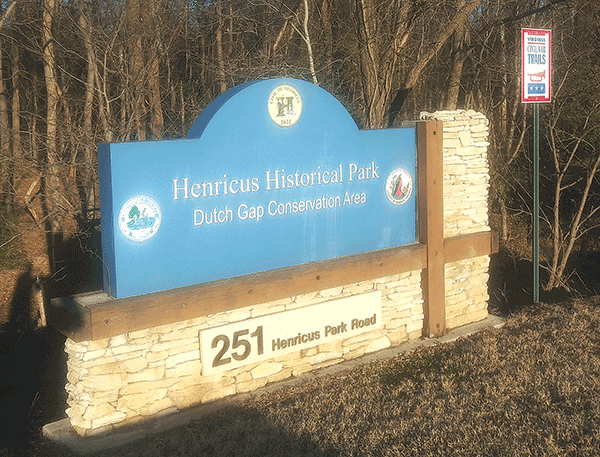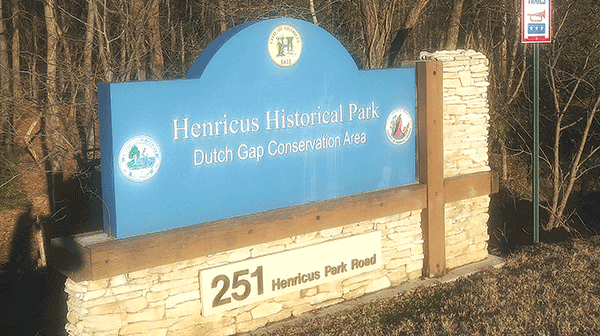
A bipartisan agreement was reached in the state Legislature last week to deal with 27 million cubic yards of coal ash.
Although House Speaker Kirk Cox, R-Colonial Heights, state Sen. Amanda Chase, R-Chesterfield, and others got behind the deal, Chesterfield supervisor Dorothy Jaeckle questioned whether Henricus would be protected.
Dan Genest, a Dominion Energy official, said access to the area will remain open.
A Jan. 24 email from Jaeckle asked constituents to contact Cox to express concern about the pending legislation and any potential closure of the historical park and adjacent boat ramp.
“There has been absolutely no local input on this deal,” Jaeckle said, adding that Henricus and an adjacent boat ramp could be closed for 15 years unless a new access road is built before coal ash removal starts. She wanted language in the bill to directly address access to the areas mentioned.
Genest said the utility will not close access to the park and boat ramp. “We intend to be a good neighbor to these two very popular sites,” he said Friday. “The public will not be denied access…”
Genest said the company “supports the comprehensive agreement.”
The James River Association supports the deal and commended Gov. Ralph Northam and leaders in the General Assembly for their work on Senate Bill 1533, which the association called a consensus to ensure the long-term closure of Dominion’s coal ash “ponds.” The bill would require Dominion to recycle about one-quarter of the coal ash and excavate the remainder and place it in modern landfills.
In Jan. 24 email sent to his constituents, Cox announced a plan to close the coal ash ponds in a manner he says is environmentally safe and fiscally prudent.
“The coal ash in Chesterfield will be moved into state-of-the-art, lined landfills built on site that will protect the environment and minimize truck traffic in the community,” Cox said. He noted that Dominion is committed to ensuring access to the Henricus boat ramp through either the existing entrance or a new entrance. “This was an important issue to the community, and I’m glad our resolution guarantees access to the Henricus boat ramp,” he said.
“Dominion will transfer coal ash from the first pond into a newly constructed, lined landfill
Cox said that the overriding concern he’s heard from residents was about potential truck traffic from a proposed plan to recycle the coal ash.
“The recycling plan would require 300 trucks per day for 15 years to haul the coal ash from the ponds in eastern Chesterfield to the recycling location in Amelia. That’s 300 trucks per day on Route 10, I-95, Route 288 and Route 360 (Hull Street Road),” Cox said.
“Our plan minimizes truck traffic by ensuring that the coal ash at Chesterfield stays on site while still being secured in an environmentally responsible way,” he said.
Cox said the recycling plan would have cost $6 billion, but the proposal will cost about half of that. The plan also protects ratepayers by capping the annual costs that can be passed on to ratepayers to $250 million per year statewide. Customers all across the state benefited from the power generated by the coal, he
“Now is the time to act to resolve this issue, and I am glad we were able to reach an agreement,” Cox said.
He believes the plan would prevent seepage into the James River and other waterways.
“The most important part of this plan is that it strictly prohibits the use of cap-and-close-in-place methods,” Chase said. “This is a plan that protects ratepayers, our environment, and the communities that we live and raise a family in.”
Coal ash is a hot topic in the Legislature, and state delegates and senators are trying to decide how to deal with the energy byproduct, which contains arsenic, lead
Some 14.9 million cubic yards of coal ash is at the Chesterfield Power Station, which represents 54.6 percent of the company’s coal ash at four power plants in the state.
According to a report that Dominion submitted to the Legislature in November, it would take 13 to 15 years to transport the product to market or waste to landfills by truck, rail or barge at a cost of several billion dollars.

